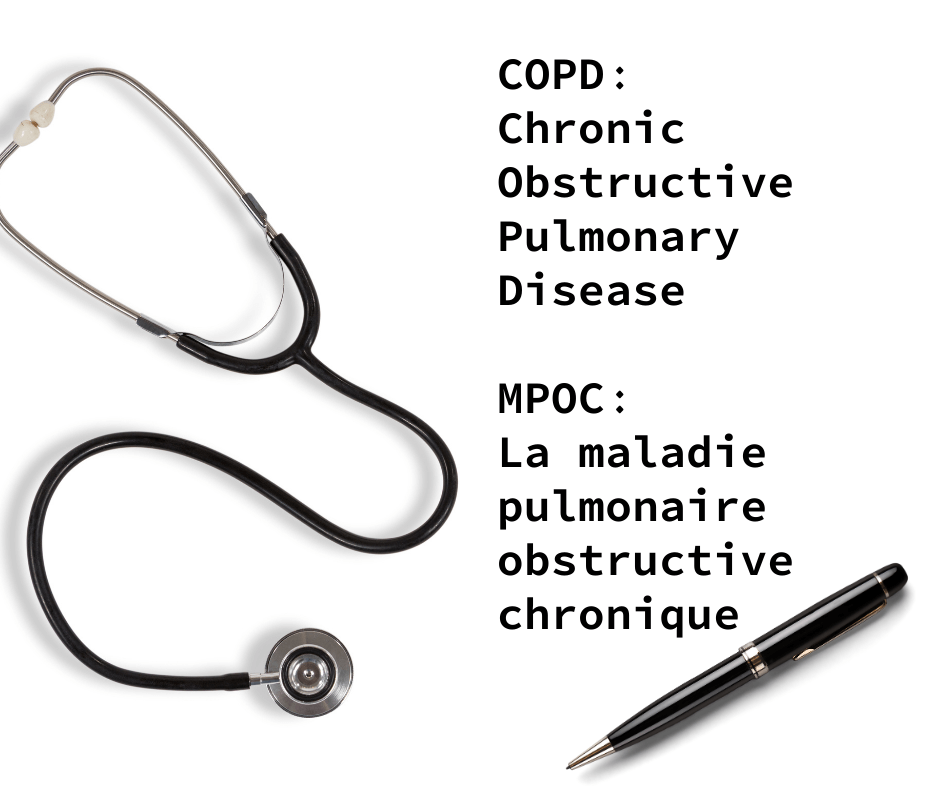
Chronic Obstructive Pulmonary Disease (COPD)
Dr. Susy Santos,
Director of Health Innovation
What is it?
Chronic Obstructive Pulmonary Disease (COPD) is a common, but preventable disease. It results in loss of lung function over time. This function is affected by swelling of the air sacs (alveoli) and the airways (the tubes that carry air to your lungs), narrowing them and causing your lungs to fill with mucus. The swelling makes it hard for the lungs to get oxygen and eliminate carbon dioxide from your body.
Am I at risk of developing COPD?
These are some examples of situations that might pose risk of developing COPD:
- Smoking.
- Breathing indoor air pollution (this includes second-hand smoke).
- Being exposed to chemicals, fumes, or dust at work.
- It is not known why some people get COPD and others do not. Factors such as genetics and previous diseases may play a role.
What are the symptoms?
When the airways get swollen and narrower it becomes more difficult to breathe, limiting your ability to perform daily tasks, such as climbing stairs, house chores, running, etc.
Is there a treatment?
Yes, there is treatment for COPD, although it can’t be cured. Early diagnosis, lifestyle changes, and appropriate drug treatments can help you lead a normal and active life, feel better, and stay out of hospital.
It is very important that you stay in good communication with your health care provider and, if necessary, make changes in your life style. Treatment will vary according to the symptoms you have which vary from patient to patient.
Source:
https://www.lung.ca/lung-health/lung-disease/copd
https://foundation.chestnet.org/lung-health-a-z/chronic-obstructive-pulmonary-disease-copd


